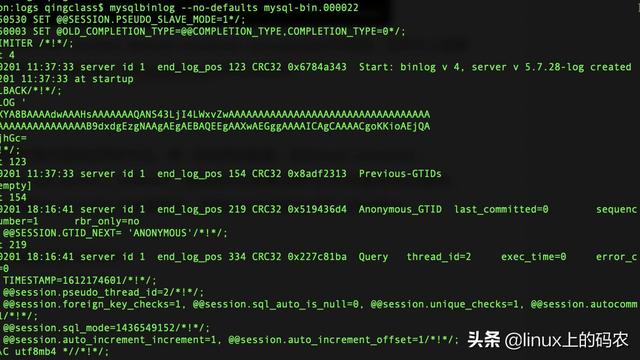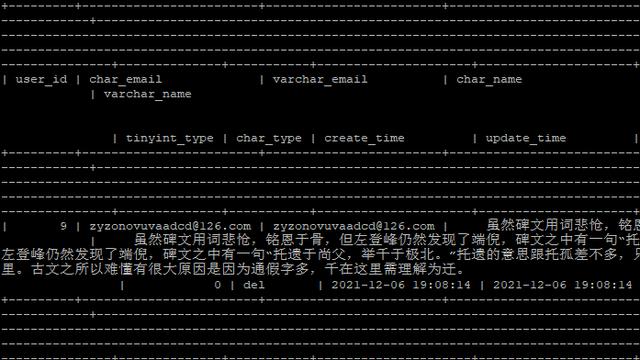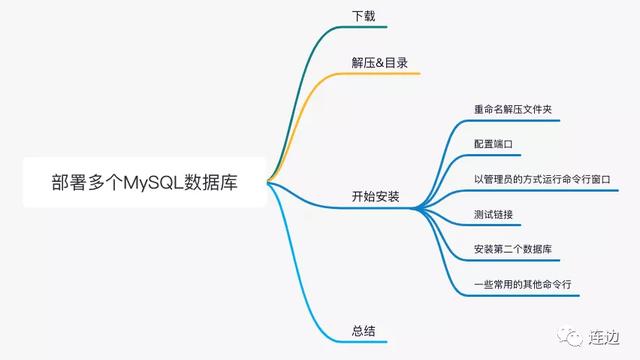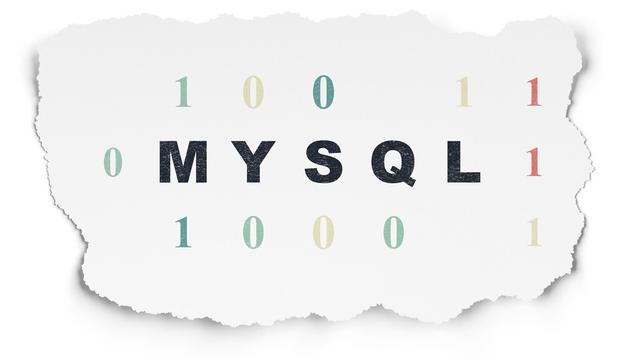详解mysql三大时间函数
概述
今天主要介绍一下MySQL 中 时间函数now() current_timestamp() 和 sysdate() 以及三者之间的比较。
now()、current_timestamp() 和 sysdate()
在mysql中有三个时间函数用来获取当前的时间,分别是now()、current_timestamp() 和 sysdate()
这三个函数都可以获得当前的时间,例如
select now(),current_timestamp(),sysdate() G

这里看起来是没有什么不同的,但是翻阅mysql官方的文档可以发现
CURRENT_TIMESTAMP and CURRENT_TIMESTAMP() are synonyms for NOW().
也就是说 CURRENT_TIMESTAMP和 CURRENT_TIMESTAMP()都是 NOW()这个函数的同义词,所以作用是一致的,而sysdate()函数的解释是
SYSDATE() returns the time at which it executes. This differs from the behavior for NOW(), which returns a constant time that indicates the time at which the statement began to execute. (Within a stored function or trigger, NOW() returns the time at which the function or triggering statement began to execute.)
简单来说,now()(current_timestamp())函数获得的是语句开始执行时的时间,而sysdate()函数是这个函数执行时候的时间。
实例
使用sleep()函数延时,预期结果是延时前后now()函数对应的时间不变,sysdate()的时间等于之前的时间加上延时时间
select now(),current_timestamp(),sysdate(), sleep(5), now(),current_timestamp(),sysdate(), sleep(10), now(),current_timestamp(),sysdate() G

在上面这个例子因为人为加入了sleep函数,让其等待5秒和10秒,可以发现sysdate返回的函数跟其他是不一样的,究其原因是这3个函数的略微区别:
1) current_timestamp是now的同义词,也就是两者是相同的
2)sysdate函数返回执行当前函数的时间,而now返回执行SQL语句时的时间。所以两次执行sysdate函数返回不同的时间是因为第二次调用执行该函数时等待了前面SLEEP函数5秒,而对于now函数,不管在sleep之前还是之后执行,返回都是执行这条sql语句的时间。






















